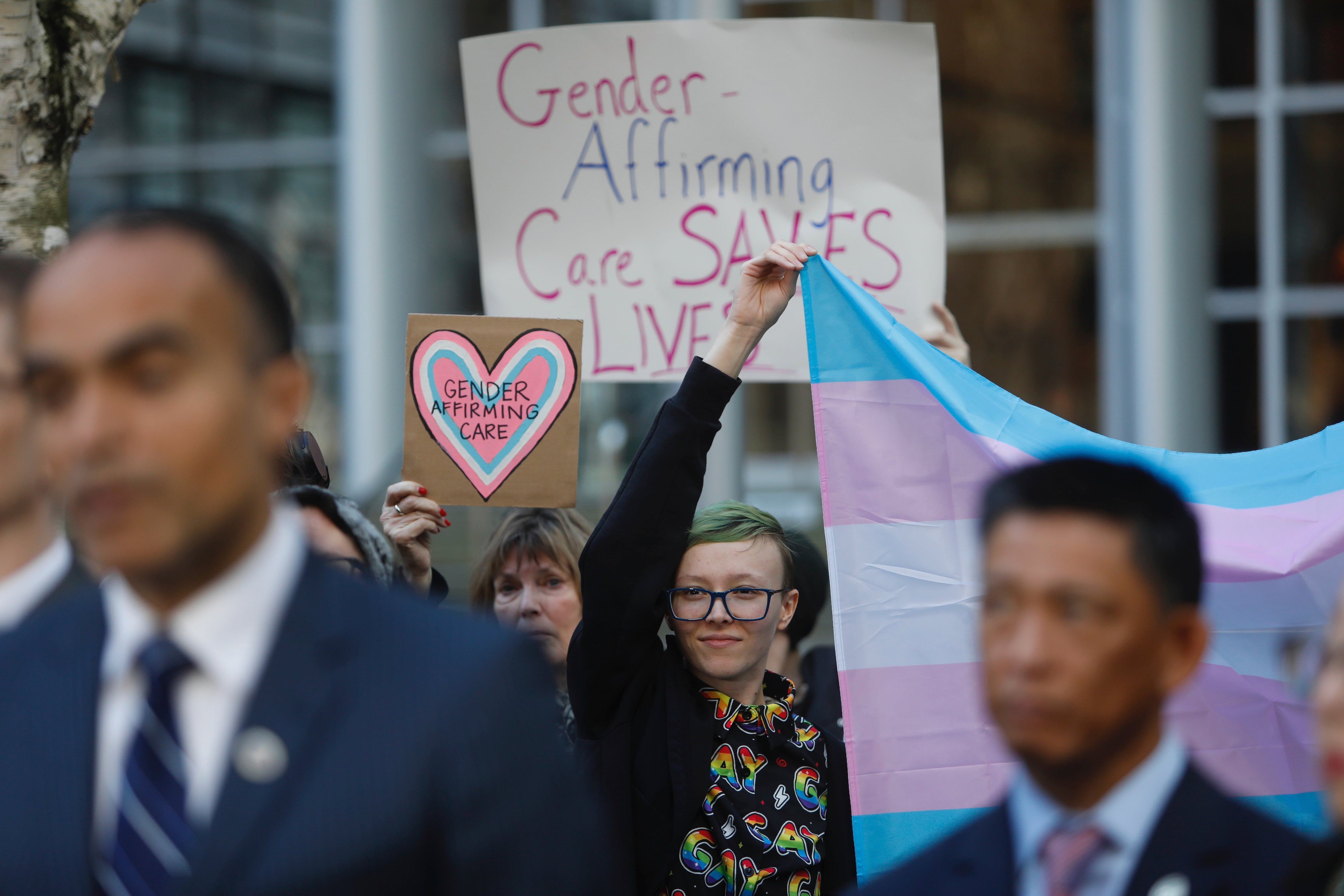The Federal Communications Commission is in the midst of a massive IT modernization effort, most of which has been going on behind the scenes. Wednesday evening, the public will be able to see some tangible evidence of this work as the FCC hits the switch on its new redesigned website.
The new website launch is the culmination of more than a year and a half of work identifying exactly how users — both in government and from the public — interact with the site, including why they come and where they click.
FREE WEBCAST: Learn more about the agency's IT transformation in a Dec. 16 webcast with FCC CIO David Bray. Register now.
Rather than make assumption or ask a few people their opinions on how the site should function, the website modernization team led by project manager Deanna Stephens and digital strategy adviser Sarah Millican sought out hard data.
Stephens noted while specific opinions might differ, the basic capabilities and usability — the underlying structure of the site — should be a constant.
"We had a lot of mixed feedback on the success of the previous site … We decided that we didn't want to get mixed up in opinions — everyone has an opinion," she said. "The reality is I'm going to leave, Sarah's going to leave, the chairman's going to leave but the site will remain."
To make sure the site would live beyond them, the team did extensive research and product testing. The production site — prototype.fcc.gov — has been live since early in the development process and FCC has encouraged people to play with it for the last two months.
Starting in June 2014, the team identified the major stakeholders that access the site on a regular basis, including FCC employees and members of the public like lawyers, advocates and average citizens. From there, they divided each stakeholder group into subgroups that interact with the FCC in different ways and so use the site differently.
What they found was most users come to FCC.gov for a specific reason and navigating the site to find what they need was often cumbersome, if not impossible. This led most users to come to the site sideways through a search engine, rather than navigating from the homepage.
On the old site, when users came directly to a page from a search engine or other link, it was difficult for them to navigate to other parts of the site. If they found the page they were looking for on the first click, this wasn't much of an issue. However, if they needed something slightly different than where they landed, finding the right page was a difficult task.
"This hierarchical structure of the site is the most important" new feature, Stephens said. "That was one of our primary objectives: creating an information architecture that is easy to understand."
Again, rather than make assumptions, the team looked to its stakeholder group to help create that structure. They went through three rounds of card sorting exercises to optimize the navigation flow and menu options.
Once that hierarchy was established, the team ran one-click tests, asking users to find a specific piece of information from the homepage in a single click.
As a result of the research and testing, user satisfaction rose from 23 percent on the initial prototype to 88 percent in the final iterations.
"Overall it was a pretty fascinating experience," Stephens said.
"This has been a very open, transparent process," Millican agreed. "It's been exciting to work with those internal and external folks … And users have had an overwhelming positive response."
Once it's up and running, the team will be eager to hear more feedback.
"We're at a point where we're ready to share this and we're ready to do the switchover but we also welcome the feedback that will come along with it," Stephens said.
Aaron Boyd is an awarding-winning journalist currently serving as editor of Federal Times — a Washington, D.C. institution covering federal workforce and contracting for more than 50 years — and Fifth Domain — a news and information hub focused on cybersecurity and cyberwar from a civilian, military and international perspective.
In Other News




